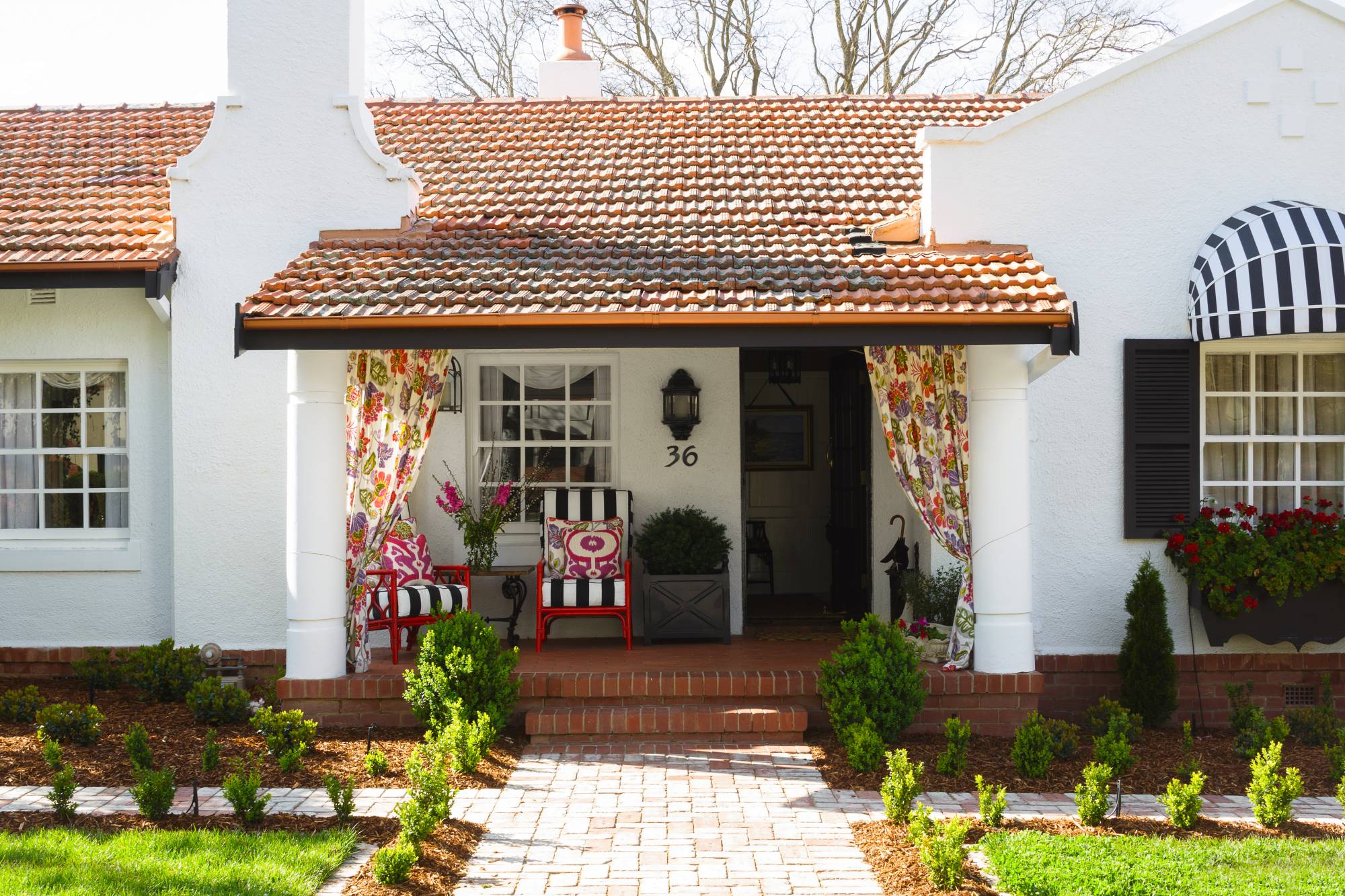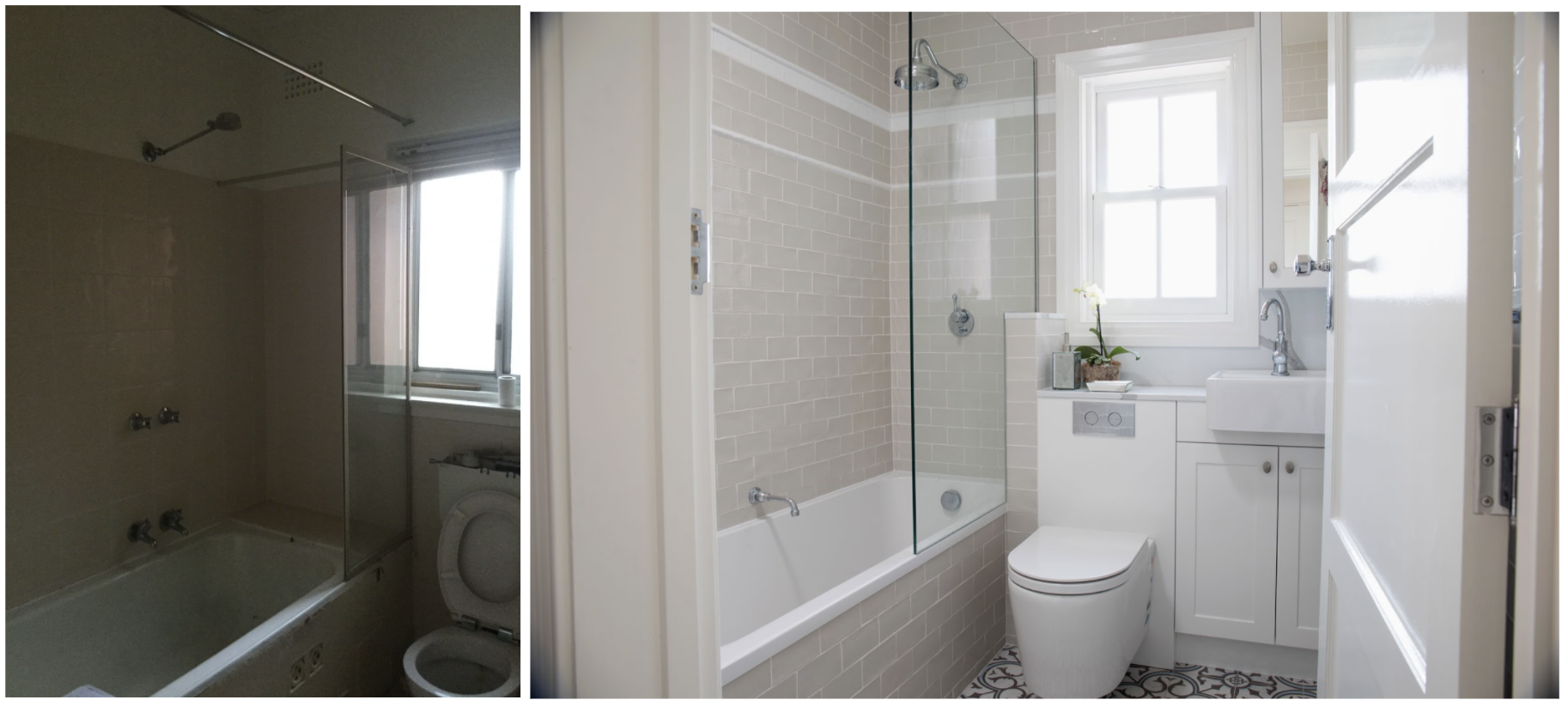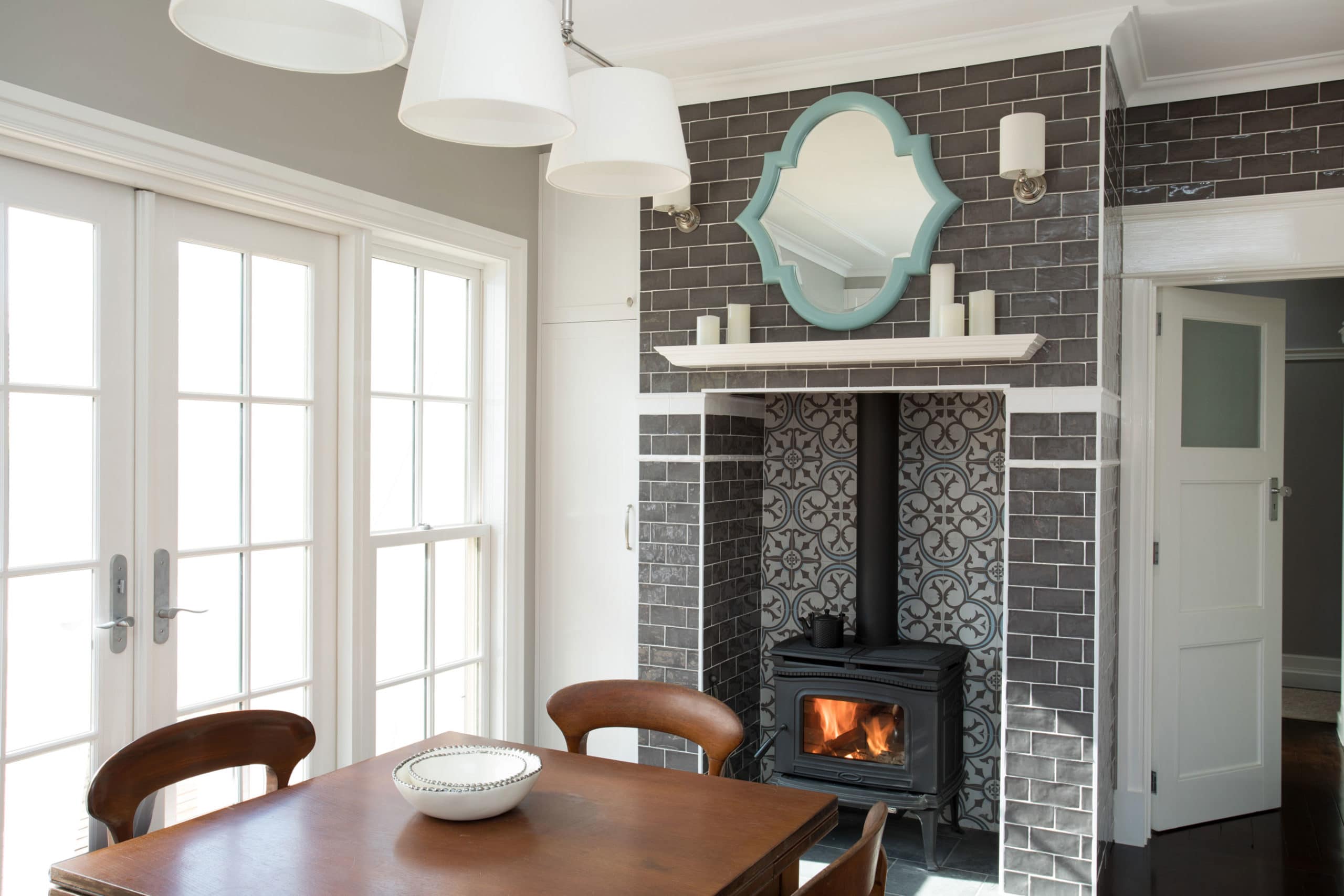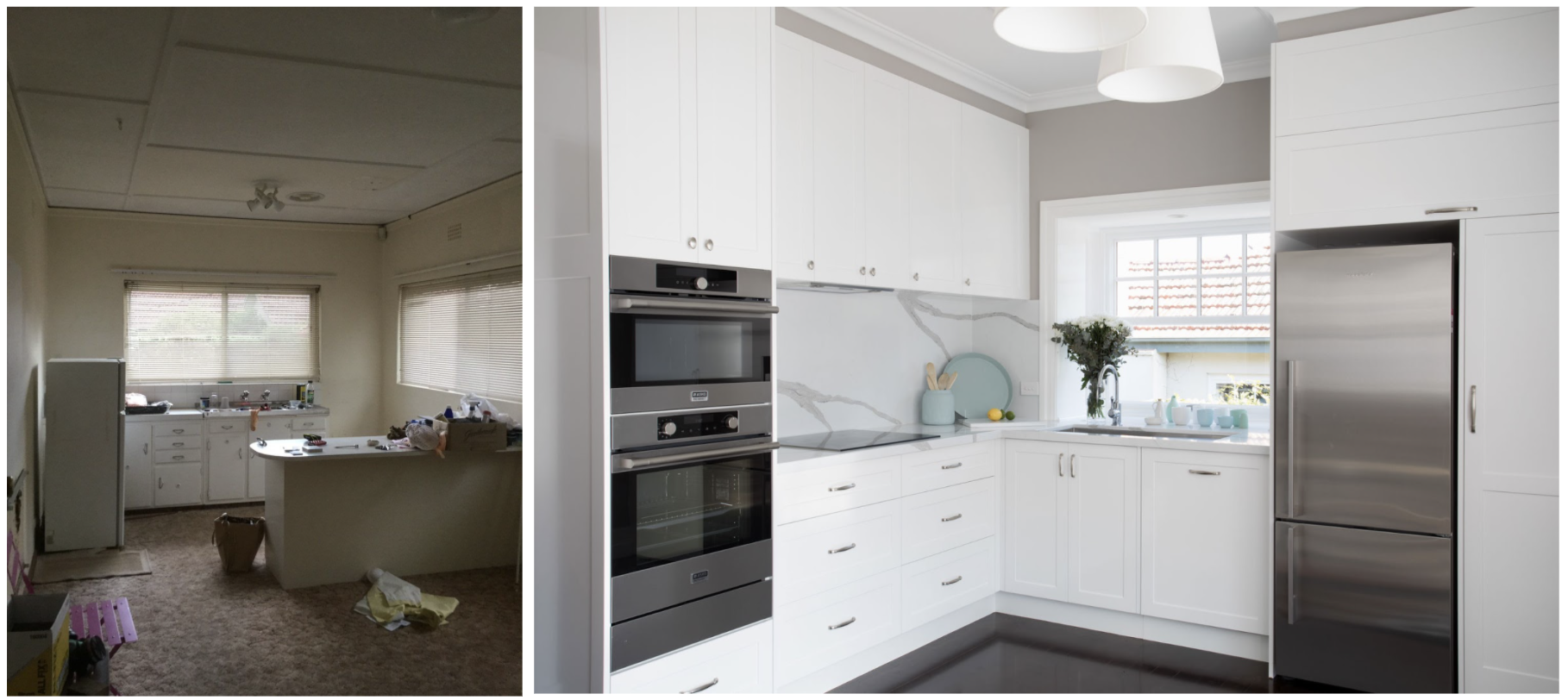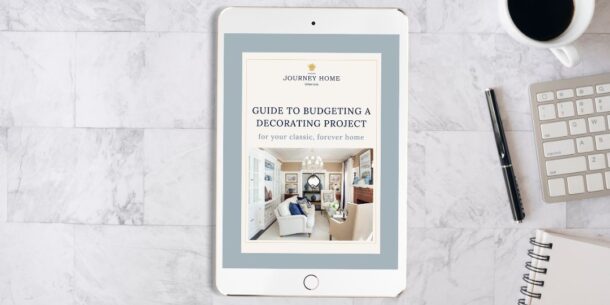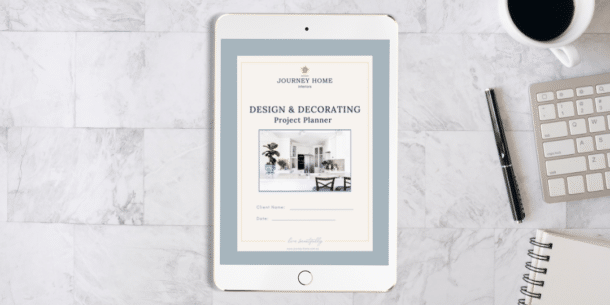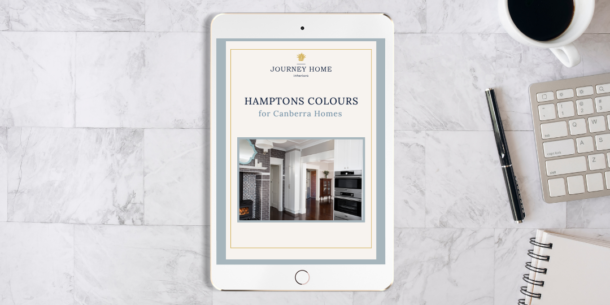As you can imagine, specializing in classic interiors means I encounter a tonne of heritage homes. These days, newer architecture leans in a bland modern direction. With so little to choose from, those of us who appreciate character and traditional, classic details are naturally more attracted to heritage homes. Not to mention that living in a whole suburb of heritage homes in Canberra (Ainslie, Reid, Kingstown, Griffith, Forrest) is a downright charming place to be. My own home is a 1930s Bungalow, and I love it! That said, heritage homes in the ACT are protected, which means they come with a slew of regulations that make renovating… not difficult, per se, but certainly nuanced. First, let’s look at how people are renovating heritage homes these days and what you need to know before starting.
Facade of this 1930s protected heritage home in Canberra.
Most Common Updates to Heritage Homes
1. Open plan spaces
No surprises here. Modern-day living means open spaces where family members can interact, entertain, and feel together. Heritage homes are typically more compartmentalised, so this means moving walls or building additional living spaces, if possible. More on that in a bit.
2. Create connection with the outdoors
Outdoor entertaining has grown in popularity as well, and most heritage homes don’t include an indoor/outdoor space that flows from one to the other, such as a porch or sunroom. If you’re planning to retire in your heritage home, having spaces that let you enjoy the outdoors are essential.
3. Updated classic styles
Because most owners of heritage homes love and respect the original style and character of the home. It just needs some freshening up to feel like it belongs in this century. This means updated details, like trim, flooring, built-in shelving, etc. Note: With the Hamptons style craze growing in popularity here, I’ve seen an increase in the availability and depth of choices for classic style homes. This is great news — it was much more difficult to create classic spaces just 5-10 years ago!
Award-winning Before & After in Ainslie: Fresh and updated yet with timeless, classic character!
How to Select Design Materials with Confidence
Wondering what your renovation or build will require? Download our worksheet for the 10 steps you’ll need to design the home you’ve always imagined!
7 Challenges of Renovating Heritage Homes
1. You can’t change the facade.
If you haven’t bought a heritage home just yet, be sure to pick one you love seeing from the curb! If you already own a heritage home and don’t like the exterior, I’m afraid there are regulations in place that prevent you from changing it. However, some strategic landscaping can bring out that unique historic character that makes the home feel beautiful, classic, and fresh. But that brings me to my next point…
2. Existing trees are likely to be protected.
Some trees are “regulated trees” and some very special trees are “registered trees”. (More on that here.) These are both protected under ACT’s Tree Protection Act and require a permit to alter or remove in any way. I highly recommend discovering whether your trees are “special ones”, as this will dictate how you landscape or whether you have room to build.
3. You can’t always extend your home.
Speaking of building, say hello to the Plot Ratio rule. According to this rule, you can only build on a small portion of your land in some ACT suburbs. So if you were thinking of expanding your home, better check how much you can extend first.
This historic home in Ainslie was drearily converted to two flats in the 70s. We turned two units back into one and made the design count. Traditional trim, French doors, a mantel, sconces, and brick-style subway tile around a traditional fireplace — it all works together. You can see more of the Ainslie Jewelry Box Cottage here.
4. Heritage homes require a higher investment.
If you compare a heritage home to a New Age modern box, of course renovating a heritage home requires a higher investment. The home has details to be added and preserved, and incorporating details that are overly modern (and likely cheaper) is going to make the home’s design look thoroughly confused. The architecture and your style as the homeowner should be harmonious. For example, matching the cornice plaster in my home cost $20 per meter versus a standard cornice, which would have cost, say, $5 per meter. Not a huge difference, but when you take the whole home into account, those little details add up. (This is also why is it so important to build a proper budget before you start. Can you imagine running out of capital halfway through your project because you miscalculated? Not fun.)
5. Internal elements will likely need updating.
I know it is a little painful to upgrade elements of your home that you will never see, such as electrical and new wider gaps pipes, but it is essential to having a forever home that is not forever bothering you with its issues. Talk to your build team about what needs to be upgraded to survive the next 10, 15, even 20 years. Believe me, future you will be eternally grateful that you handled these things from the start!
6. You may have to update elements you don’t expect.
In any home, it’s difficult to predict what’s hiding behind walls and under floor boards. In heritage homes (or any older home), you can pretty much expect that there will be some kind of surprise waiting for you. I highly suggest setting aside a contingency budget (usually around 10% of your project’s total budget) to cover unexpected costs.
7. Not all trades and suppliers are familiar with heritage homes.
This is probably the single most important challenge for getting the final result you envision… in my experience, there are many trades and suppliers who are not familiar with heritage renovations. Some even think that “heritage” means Colonial or shabby chic — *gasp!* While that doesn’t make these people any less talented, if you are committed to preserving the integrity of your home, they are not the right people for your project. I highly recommend looking for specialised builders and architects, ones who have done work you like and in the heritage field. Otherwise, you will find yourself having to explain or stand your ground on aspects of heritage detailing. (Been there.) Of course, working with an experienced builder will mean you aren’t likely to get the cheapest quote — they know exactly how much work a heritage renovation requires and aren’t going to underquote you. Also, don’t forget that the designer might be the reason behind the wonderful outcome, too. People ask me all the time for a referral to a builder, thinking that a builder alone will get them an outcome like my projects. The outcome of the Ainslie Heritage Project (won a heritage prize for our builder) had a lot to do with the design details that we proposed and our wonderful builder executed perfectly.
Before & After in Ainslie: Tiny, outdated kitchen gets a transformation. Here, classic details are expressed simply with trim, lighting, joinery, and soft colour.
Some Final Words of Advice
My best advice for renovating a heritage home is to really nut out as many design details as you can before you start costing with a builder. The final design will include heritage-friendly style considerations, the functionality of the home for your lifestyle, and what you love. Yes, renovating heritage homes is an endeavour, but it’s one that can bring you lasting joy, appreciation, pride, and beautiful living. Then, when your home passes into new hands, your stamp on it will be passed along with it, too. Your story becomes part of the home’s story, and that is pretty special. Have any questions about renovating or designing heritage homes? Just ask! Warmly, Nadine


